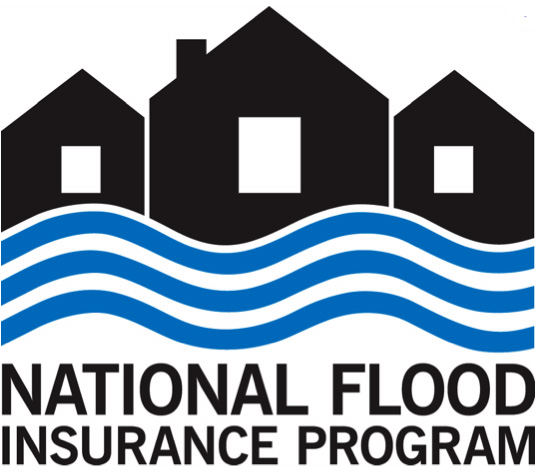Data from the U.S. Federal Emergency Management Agency (FEMA) on the National Flood Insurance Program’s (NFIP) traditional reinsurance placement for 2023 reveals a 36% decline in the number of participants in the program when compared with the prior year.
In January, FEMA announced the placement of a 50% smaller reinsurance program for the NFIP at the January 1st, 2023, renewals, when compared with its 2022 placement.
All in all, FEMA transferred an additional $502.5 million of flood risk to the private reinsurance market for a total premium of $90.2 million, which together with its in-force catastrophe bonds, saw FEMA transfer a total of $1.9275 billion of the NFIP’s flood risk to the private sector.
At this time, the agency said that the 2023 placement is effective throughout the calendar year with 18 private reinsurers, covering portions of NFIP losses above $7 billion arising from a single flooding event.
According to data from FEMA, at 18, the number of private reinsurers that participated for 2023 is down by almost 36%, or 10 when compared with the 28 that took part in the 2022 placement.
The number of participants on the NFIP’s flood reinsurance contracts had been on the rise since the first full placement in 2017 when 24 private reinsurers featured. For 2018, this number rose to 26 and increased again to 27 for both 2019 and 2020.
At the January 2021 renewals, a record 32 private reinsurers participated in the program, but the following year four Lloyd’s syndicates did not feature, taking the total down to 28.
So, 18 is the lowest number of participants to feature on the NFIP’s reinsurance program since it first tapped the private market for flood protection six year ago.
When compared with last year, absentees for 2023 are Everest Reinsurance Company, Fidelis Underwriting Limited, QBE Reinsurance Corporation, XL Reinsurance America, and a swathe of Lloyd’s syndicates, including Lloyd’s Syndicate 2001 Amlin; Lloyd’s Syndicate 1910 Ariel; Lloyd’s Syndicate 1414 Ascot; Lloyd’s Syndicate 2987 Brit; Lloyd’s Syndicate 1084 Chaucer; and Lloyd’s Syndicate 1458 Renaissance Re.
2023 is also the first year that no new counterparties featured on FEMA’s NFIP flood reinsurance program.
It’s worth highlighting that in the case of the RenRe syndicate at Lloyd’s, the company’s participation could have occurred through RenaissanceRe Europe AG, which did feature in 2023, as we don’t know how much they wrote and whether they actually reduced or not.
After four Lloyd’s syndicates dropped out of the program in 2022, the fact a further six have this year is interesting, and could be a result of stricter rules on catastrophe exposure at Lloyd’s.
More broadly, it’s also interesting that there’s been a 36% reduction in the number of counterparties year-on-year, suggesting that some notable firms elected not to write it this year, or were reluctant to at the pricing.
As our readers will be aware, the catastrophe market is experiencing true hard market conditions on the back of consecutive heavy loss years, exacerbated by the ongoing inflationary environment.
As a result, brokers and carriers noted a late, complex, and extremely challenging January 1st, 2023, reinsurance renewals season, characterized by steep price rises and tightening terms and conditions amid a supply demand imbalance not seen for quite some time.
After the impacts of Hurricane Ian, of which the NFIP had paid $2.2 billion in claims for as of January 17th, 2023, and had received more than 45,800 flood insurance claims, it could be that the private market has less appetite for this risk now, while price was also likely an important factor in the current market environment.













